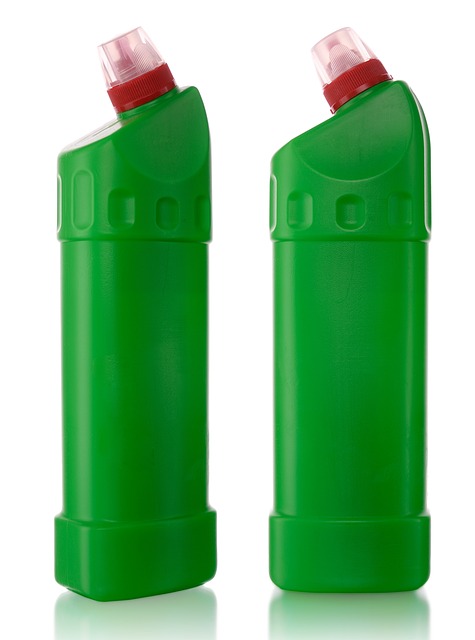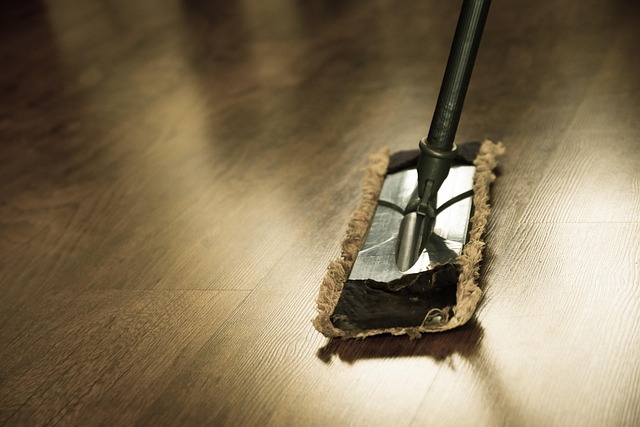Mold thrives in moist, humid basements (60-70°F, 80-90% RH), making them ideal breeding grounds. Prevent mold growth by addressing moisture sources (leaky pipes, cracks), improving ventilation, and using dehumidifiers to maintain humidity below 50%. Regularly monitor humidity with a hygrometer. Implement advanced solutions like professional dehumidification systems for severe cases. Proactive regular maintenance focusing on humidity control is crucial for long-term basement protection.
Keeping your basement dry is paramount to prevent mold growth, a silent yet insidious menace that can compromise indoor air quality and structural integrity. This article guides you through a comprehensive approach to manage moisture levels and maintain optimal humidity control for mold prevention. From identifying sources of water intrusion to implementing ventilation strategies and exploring professional dehumidification systems, these steps ensure your basement remains a safe, healthy environment. Regular maintenance is key to long-term protection against this persistent problem.
- Understand the Role of Humidity in Mold Growth
- Identify and Fix Sources of Moisture
- Implement Effective Ventilation Strategies
- Consider Professional Dehumidification Systems
- Regular Maintenance for Long-Term Protection
Understand the Role of Humidity in Mold Growth

Mold thrives in moist environments, with optimal conditions occurring between 60-70°F and 80-90% relative humidity. Basements, due to their inherent lack of ventilation and potential for water intrusion, often provide the perfect breeding ground for mold growth. Understanding how humidity contributes to this process is key when implementing effective mold prevention strategies. High humidity levels create an environment where mold spores can quickly germinate and proliferate, leading to visible growth and potential health issues for occupants.
Controlling humidity is therefore a crucial aspect of basement water management. This involves addressing sources of moisture, improving ventilation, and utilizing dehumidifiers when necessary. By maintaining relative humidity below 50%, you significantly reduce the chances of mold development, creating an unhealthy environment for these organisms and ensuring a drier, safer living space.
Identify and Fix Sources of Moisture

Identifying and fixing sources of moisture is a critical step in keeping basements dry and preventing mold growth. High humidity levels are breeding grounds for mold, so addressing water intrusion issues is paramount. Common causes include leaky pipes, cracks in foundations, inadequate drainage systems, or even simple condensation from high indoor humidity. Start by conducting a thorough inspection to locate any visible signs of moisture or water damage. Once identified, take prompt action to fix the issue: repair leaks, seal cracks, improve drainage around the foundation, and ensure proper ventilation.
Effective humidity control for mold prevention requires maintaining basement air dryness. Consider investing in dehumidifiers or air conditioning units designed for this purpose. These devices remove excess moisture from the air, reducing humidity levels and creating an environment unwelcome to mold growth. Regularly monitor basement humidity with a hygrometer to ensure it stays below 60%.
Implement Effective Ventilation Strategies

Implementing effective ventilation strategies is key in managing humidity levels and preventing mold growth in basements. Proper airflow helps to reduce moisture buildup, which is a primary condition for mold to thrive. Consider installing exhaust fans or dehumidifiers strategically placed throughout the basement to remove excess humidity from the air. These devices can significantly lower moisture content, creating an environment that discourages mold development.
Additionally, ensure that any vents or openings leading outside are sealed tightly to prevent outdoor air, which often carries high humidity levels, from entering. Maintaining a balanced ventilation system that allows for both incoming and outgoing air is essential for optimal humidity control for mold prevention. Regularly checking and maintaining these systems will contribute to a healthier, drier basement environment.
Consider Professional Dehumidification Systems

If your basement is suffering from persistent moisture issues, it might be time to consider professional dehumidification systems. These advanced solutions are designed to tackle high humidity levels and prevent mold growth effectively. Professional services often employ specialized equipment that can extract excess moisture from the air and create a healthier indoor environment.
By investing in professional dehumidification, you’re not just addressing an immediate problem but also implementing a long-term strategy for humidity control for mold prevention. This is especially beneficial for severe or chronic cases where do-it-yourself methods may not be sufficient. With expert intervention, you can ensure your basement remains dry, safe, and free from the potential dangers associated with high moisture levels.
Regular Maintenance for Long-Term Protection

Regular maintenance is key to long-term protection against basement mold.
Implementing effective humidity control for mold prevention should be a top priority. This involves addressing any sources of water intrusion, such as cracked pipes or poor drainage around the foundation. Regularly checking and cleaning out drain traps, ventilating the basement area, and using dehumidifiers when necessary can significantly reduce humidity levels, creating an environment inhospitable to mold growth. By maintaining a dry basement through proactive measures, you not only prevent unwelcome mold but also protect your home’s structural integrity and overall air quality.
